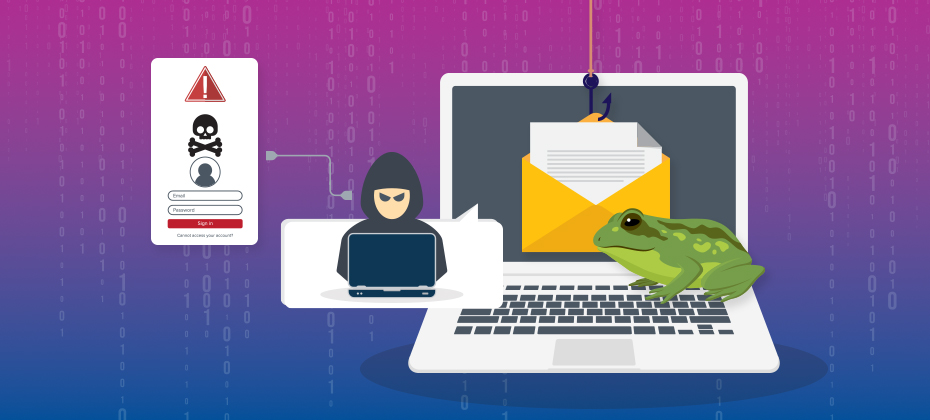
52 percent of banks report high levels of concern about fraud, making fraud detection in banking top-of-mind. Banking fraud prevention can seem daunting, but with the proper tools, banks, credit unions, fintechs, and other financial institutions can frustrate and root out fraudsters while maintaining a positive experience for good customers.
What is banking fraud?
Banking fraud is a type of financial crime that uses illegal means to obtain money, assets, or other property owned or held by a bank, other financial institution, or customers of the bank. This type of fraud can be difficult to detect when misclassified as credit risk or written off as a loss rather than investigated and prevented in the future.
Fraud that impacts financial institutions consists of small-scale one-off events or larger efforts perpetrated by fraud rings. Not long ago, many of the techniques utilized by fraudsters required in-person or phone-based activities. Now, many of these activities are online, making it easier for fraudsters to disguise their intent and perpetrate multiple attacks at once or in sequence.
Banking fraud can include:
- Identity theft: When a bad actor steals a consumer’s personal information and uses it to take money, open credit accounts, make purchases, and more.
- Check fraud: This type of fraud occurs when a fraudster writes a bad check, forges information, or steals and alters someone else’s check.
- Credit card fraud: A form of identity theft where a bad actor makes purchases or gets a cash advance in the name of an unsuspecting consumer. The fraudster may takeover an existing account by gaining access to account numbers online, steal a physical card, or open a new account in someone else’s name.
- Phishing: These malicious efforts allow scammers to steal personal and account information through use of email, or in the case of smishing, through text messages. The fraudster often sends a link to the consumer that looks legitimate but is designed to steal login information, personally identifiable information, and more.
- Direct deposit account fraud: Also known as DDA fraud, criminals monetize stolen information to open new accounts and divert funds from payroll, assistance programs, and more.
Unfortunately, this type of fraud doesn’t just lead to lost funds – it also exposes consumer data, impacts banks’ reputations, and has larger implications for the financial system.
Today, top concerns for banks include authorized push or wire transfer payment fraud, transactional fraud. Also, 33 percent of businesses encountered account takeover, first-party fraud, third-party fraud, and synthetic identity fraud last year. Without the proper detection and prevention techniques, it’s difficult for banks to keep fraudsters perpetrating these schemes out.
What is banking fraud prevention?
Detecting and preventing banking fraud consists of a set of techniques and tasks that help protect customers, assets and systems from those with malicious intent. Risk management solutions for banks identify fraudulent access attempts, suspicious transfer requests, signs of false identities, and more.
The financial industry is constantly evolving, and so are fraudsters. As a result, it’s important for organizations to stay ahead of the curve by investing in new fraud prevention technologies.
Depending on the size and sophistication of your institution, the tools and techniques that comprise your banking fraud prevention solutions may look different. However, every strategy should include multiple layers of friction designed to trip up fraudsters enough to abandon their efforts, and include flags for suspicious activity and other indicators that a user or transaction requires further scrutiny.
Some of the emerging trends in banking fraud prevention include:
- Use of artificial intelligence (AI) and machine learning (ML). While these technologies aren’t new, they are finding footing across industries as they can be used to identify patterns consistent with fraudulent activity – some of which are difficult or time-consuming to detect with traditional methods.
- Behavioral analytics and biometrics. By noting standard customer behaviors — e.g., which devices they use and when — and how they use those devices — looking for markers of human behavior vs. bot or fraud ring activity — organizations can flag riskier users for additional authentication and verification.
- Leveraging additional data sources. By looking beyond standard credit reports when opening credit accounts, organizations can better detect signs of identity theft, synthetic identities, and even potential first-party fraud.
With real-time fraud detection tools in place, financial institutions can more easily identify good consumers and allow them to complete their requests while applying the right amount and type of friction to detect and prevent fraud.
How to prevent and detect banking fraud
In order to be successful in the fight against fraud and keep yourself and your customers safe, financial institutions of all sizes and types must:
- Balance risk mitigation with the customer experience
- Ensure seamless interactions across platforms for known consumers who present little to no risk
- Leverage proper identity resolution and verification tools
- Recognize good consumers and apply the proper fraud mitigation techniques to riskier scenarios
With Experian’s interconnected approach to fraud detection in banking, incorporating data, analytics, fraud risk scores, device intelligence, and more, you can track and assess various activities and determine where additional authentication, friction, or human intervention is required.


